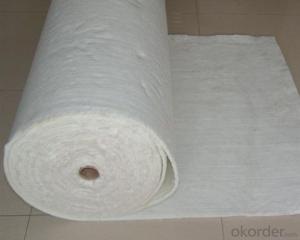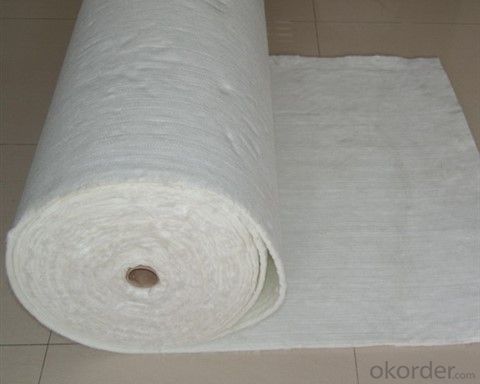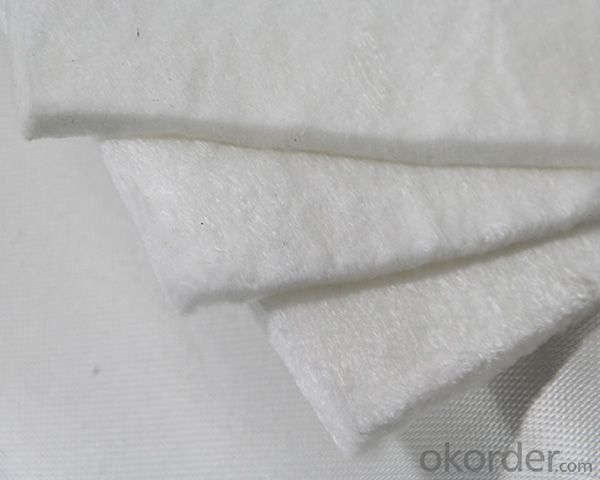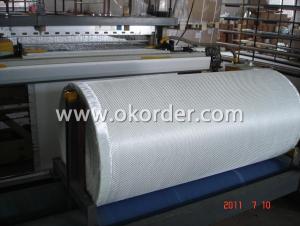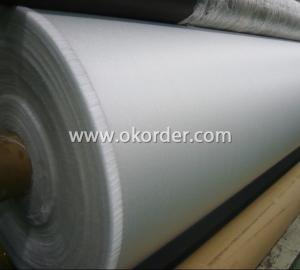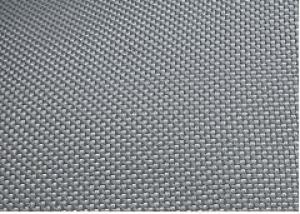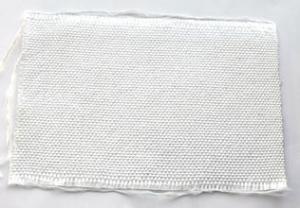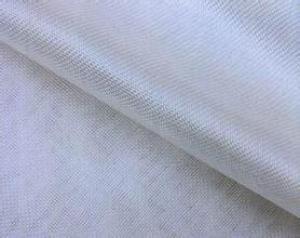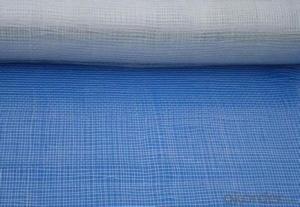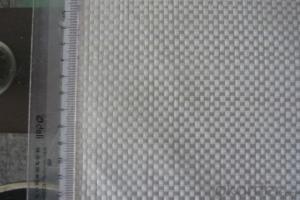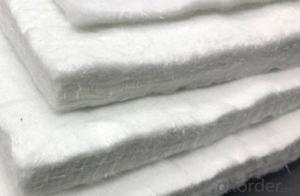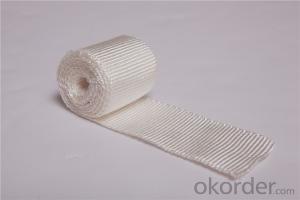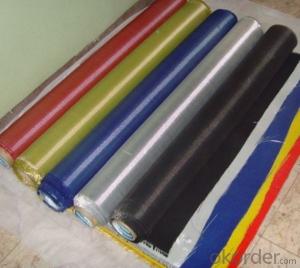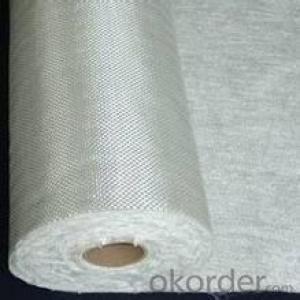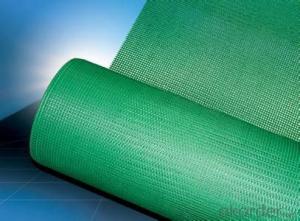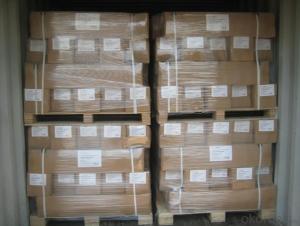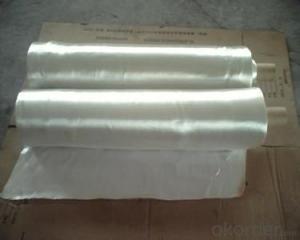High Temperature Insulation Fiberglass Fabrics Silica Fiber Needle Mat
- Loading Port:
- Ningbo
- Payment Terms:
- TT OR LC
- Min Order Qty:
- 500 m²
- Supply Capability:
- 300000 m²/month
OKorder Service Pledge
OKorder Financial Service
You Might Also Like
Description: High silica fiber needle mat is machincally punched by 100% silica fiber strands without any binder. It is suitable for 1100℃ hight temperature insulation.
Features: high temperature, chemical, and abrasion resistance, fire retardant
Application: Fiberglass Mesh Cloth, resistant high temperatures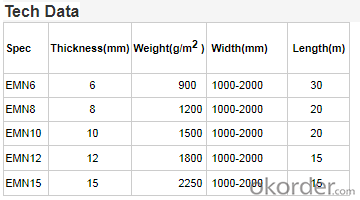
PRICE: USD2 per kilogram
UNIT: Kilogram
MOQ: 100 KGS
Weight: 110-150gsm
Width: 1m,1.2m,1.5m or customized
Yarn Type: E-glass
Standing temperature: 1100℃
Product name: Silica Fiber Needle Mat
Roll length: 50 meter or customized
Color: white
Weave Type:conventional
Alkali content: Alkali free
Processing service: cutting
Material: fiberglass
Thickness: 3-25mm or customized
Size: can be customized
Supply ability: 200000 Kilogram/Kilograms per Month
Packaging: Rolls packed In cartons loaded on pallets or according to customers' requirements.
Lead time: 7-30 days
Technology: nonwoven, laminating and needle-punched
- Q: Are fiberglass fabrics suitable for use in the mining industry?
- Yes, fiberglass fabrics are suitable for use in the mining industry. They are known for their high strength, durability, and resistance to heat, chemicals, and corrosion, making them ideal for various applications in mining such as conveyor belts, protective clothing, insulation, and filtration systems. Additionally, fiberglass fabrics offer excellent electrical insulation properties and can withstand harsh environmental conditions commonly encountered in mining operations.
- Q: Can fiberglass fabric be used for reinforcement in automotive body panels?
- Yes, fiberglass fabric can be used for reinforcement in automotive body panels. Fiberglass fabric is known for its strength, durability, and lightweight properties, making it an ideal material for reinforcing body panels in automobiles. When used in combination with resins or other composite materials, fiberglass fabric can provide the necessary strength and rigidity to withstand the rigors of daily use and protect the vehicle's occupants. Additionally, fiberglass fabric can also be molded into complex shapes, allowing for greater design flexibility in automotive body panel construction.
- Q: What is waterproof, one cloth, four coated?
- One cloth, four coating is a waterproof construction process, that is, a glass cloth, four times brushing cement based waterproof coating.
- Q: How does fiberglass fabric perform in vibration damping applications?
- Fiberglass fabric is renowned for its outstanding performance when it comes to applications involving vibration damping. The reason for this lies in its unique properties that make it an ideal material for absorbing and dissipating vibrations. To begin with, fiberglass fabric possesses remarkable tensile strength, which allows it to endure the forces exerted during vibrations without tearing or breaking. This ensures that it can effectively dampen vibrations over extended periods of time without experiencing wear and tear or a loss in its damping capabilities. In addition, fiberglass fabric boasts a high modulus of elasticity, which means it can resist deformation under stress. This property is crucial in vibration damping applications as it enables the fabric to absorb and dissipate the energy generated by vibrations, effectively reducing their intensity and preventing them from propagating to other components or structures. Moreover, fiberglass fabric is lightweight and flexible, enabling it to conform to various shapes and surfaces. This versatility is advantageous in vibration damping applications as it allows for easy installation and application of the fabric to different structures or components, guaranteeing efficient vibration reduction. Furthermore, fiberglass fabric exhibits exceptional thermal stability and resistance to chemicals, rendering it suitable for use in diverse environments. Whether exposed to high temperatures, moisture, or corrosive substances, fiberglass fabric maintains its damping capabilities, ensuring long-lasting and reliable performance. All in all, fiberglass fabric excels in vibration damping applications due to its high tensile strength, modulus of elasticity, lightweight and flexible nature, thermal stability, and chemical resistance. Its ability to effectively absorb and dissipate vibrations aids in noise reduction, prevents structural or component damage, and enhances overall performance and longevity.
- Q: What are the different weights of fiberglass fabric?
- Fiberglass fabric, also known as fiberglass cloth, is available in various weights or thicknesses. The weight of fiberglass fabric is measured in ounces per square yard (oz/yd²) or grams per square meter (g/m²). The different weights of fiberglass fabric typically range from 3 oz/yd² (102 g/m²) to 50 oz/yd² (1695 g/m²). The weight of fiberglass fabric determines its strength, durability, and application. Lighter weight fiberglass fabrics, such as 3-6 oz/yd² (102-204 g/m²), are often used for applications that require flexibility, such as boat building, surfboard manufacturing, and automotive parts. These lighter fabrics are also suitable for repairs and smaller projects. Medium-weight fiberglass fabrics, ranging from 7-20 oz/yd² (238-680 g/m²), are commonly used for general-purpose applications like laminating, molding, and reinforcing structures. They offer a good balance between strength and flexibility, making them ideal for a wide range of projects such as composite manufacturing, construction, and aerospace applications. Heavier weight fiberglass fabrics, typically from 21-50 oz/yd² (714-1695 g/m²), are utilized in applications that require exceptional strength and rigidity. These fabrics are commonly used in industries such as marine, wind energy, and infrastructure where high-strength materials are needed to withstand intense conditions and structural loads. It is important to note that the specific weight of fiberglass fabric may vary depending on the manufacturer and the intended application. Therefore, it is always recommended to consult the product specifications provided by the manufacturer to ensure the right weight is selected for a particular project.
- Q: Is fiberglass fabric suitable for making tents and awnings?
- Fiberglass fabric, with its durability, strength, and resistance to different weather conditions, is an ideal option for crafting tents and awnings. Its lightweight nature ensures easy portability while providing exceptional protection against rain and wind. Moreover, the fabric's commendable UV resistance prevents fading and damage caused by prolonged exposure to the sun. Additionally, its inherent fire-resistant properties guarantee safety when used in outdoor structures. In conclusion, fiberglass fabric offers the necessary combination of strength, durability, and weather resistance, making it a suitable material for manufacturing tents and awnings.
- Q: Are fiberglass fabrics resistant to chemicals?
- Yes, fiberglass fabrics are generally resistant to chemicals. Fiberglass is a composite material made of fine fibers of glass that are woven together to form a fabric. These fibers have excellent resistance to a wide range of chemicals, including acids, bases, solvents, and oils. This resistance makes fiberglass fabrics suitable for various applications where exposure to chemicals is common, such as in industrial equipment, chemical processing plants, and automotive parts. However, it is important to note that the level of chemical resistance may vary depending on the specific type of fiberglass fabric and the concentration and duration of exposure to the chemicals. Therefore, it is always advisable to consult the manufacturer or supplier for specific information regarding chemical compatibility and resistance of fiberglass fabrics.
- Q: What is the cost range for fiberglass fabrics?
- The price range of fiberglass fabrics can differ based on a variety of factors, including the fabric's quality, weight, and width, as well as the supplier and any additional features or treatments applied to it. On average, fiberglass fabrics typically cost between $5 and $20 per yard. However, certain high-end or specialized fiberglass fabrics that possess specific properties or finishes can have higher price tags, sometimes exceeding $50 per yard or even more. It is important to remember that these prices are only approximate and may vary due to market conditions and individual suppliers. Furthermore, bulk orders or wholesale purchases might offer discounts, so it is advisable to directly contact suppliers for accurate pricing information.
- Q: How is fiberglass fabric used in the production of insulation boards?
- Fiberglass fabric is widely used in the production of insulation boards due to its excellent thermal resistance, durability, and fire-retardant properties. It is typically used as a reinforcement material in the manufacturing process. During production, fiberglass fabric is combined with a binder, such as resin or adhesive, and compressed to form insulation boards. The fabric acts as a reinforcing layer, providing strength and stability to the boards. It helps prevent the insulation material from shifting or settling, ensuring long-term performance and insulation effectiveness. The fiberglass fabric also enhances the insulation properties of the boards. Its high thermal resistance helps minimize heat transfer, keeping buildings warmer in winter and cooler in summer. This contributes to energy efficiency and reduced heating or cooling costs. Furthermore, fiberglass fabric is known for its fire-retardant characteristics. By incorporating it into insulation boards, the fabric adds an extra layer of protection against fire hazards. In the event of a fire, the fiberglass fabric acts as a barrier, preventing the spread of flames and reducing the risk of fire-related damage. Overall, fiberglass fabric plays a crucial role in the production of insulation boards, providing structural reinforcement, thermal insulation, and fire-resistance. Its versatility and superior performance make it an ideal choice for various applications where insulation is required, including residential, commercial, and industrial buildings.
- Q: Can fiberglass fabric be used for insulation in tanks and vessels?
- Yes, fiberglass fabric can be used for insulation in tanks and vessels.
Send your message to us
High Temperature Insulation Fiberglass Fabrics Silica Fiber Needle Mat
- Loading Port:
- Ningbo
- Payment Terms:
- TT OR LC
- Min Order Qty:
- 500 m²
- Supply Capability:
- 300000 m²/month
OKorder Service Pledge
OKorder Financial Service
Similar products
Hot products
Hot Searches
Related keywords
